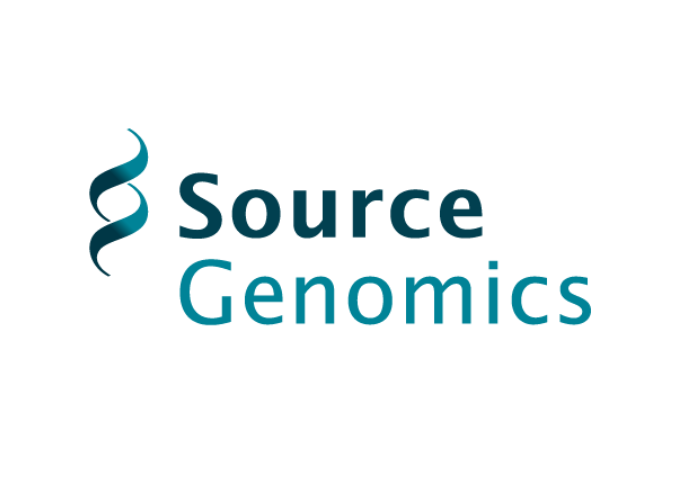Next-generation sequencing (NGS) rapidly sequences DNA/RNA using massively parallel sequencing technologies. The process of next-gen sequencing starts with fragmenting DNA, adding adapters, and amplifying fragments. These fragments bind to a flow cell and undergo bridge amplification, forming clusters. Sequencing by synthesis then occurs. Here nucleotides are added one at a time, each emitting a signal for real-time detection. The resulting data is computationally analyzed for base calling, alignment, assembly, and variant calling, enabling a comprehensive genomic analysis. Ultimately, next-gen sequencing is a high-throughput, scalable method that supports diverse applications from whole-genome sequencing to targeted gene panels. Therein lie the four main steps of next-gen sequencing: library preparation, cluster generation, sequencing by synthesis, and data analysis.
What are the Four Main Steps of Next-Gen Sequencing? New Blog from Source BioScience
11 July 2024



